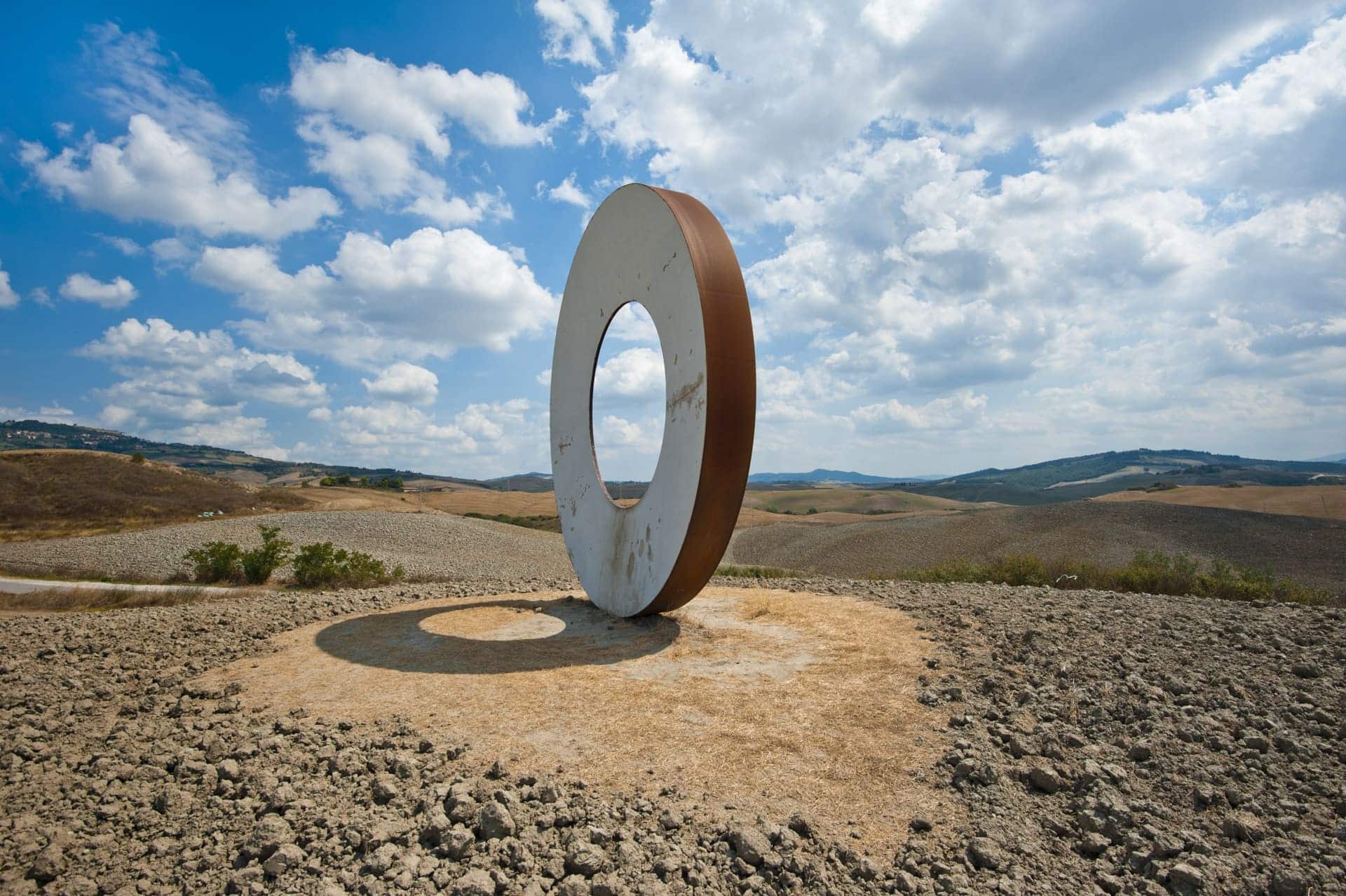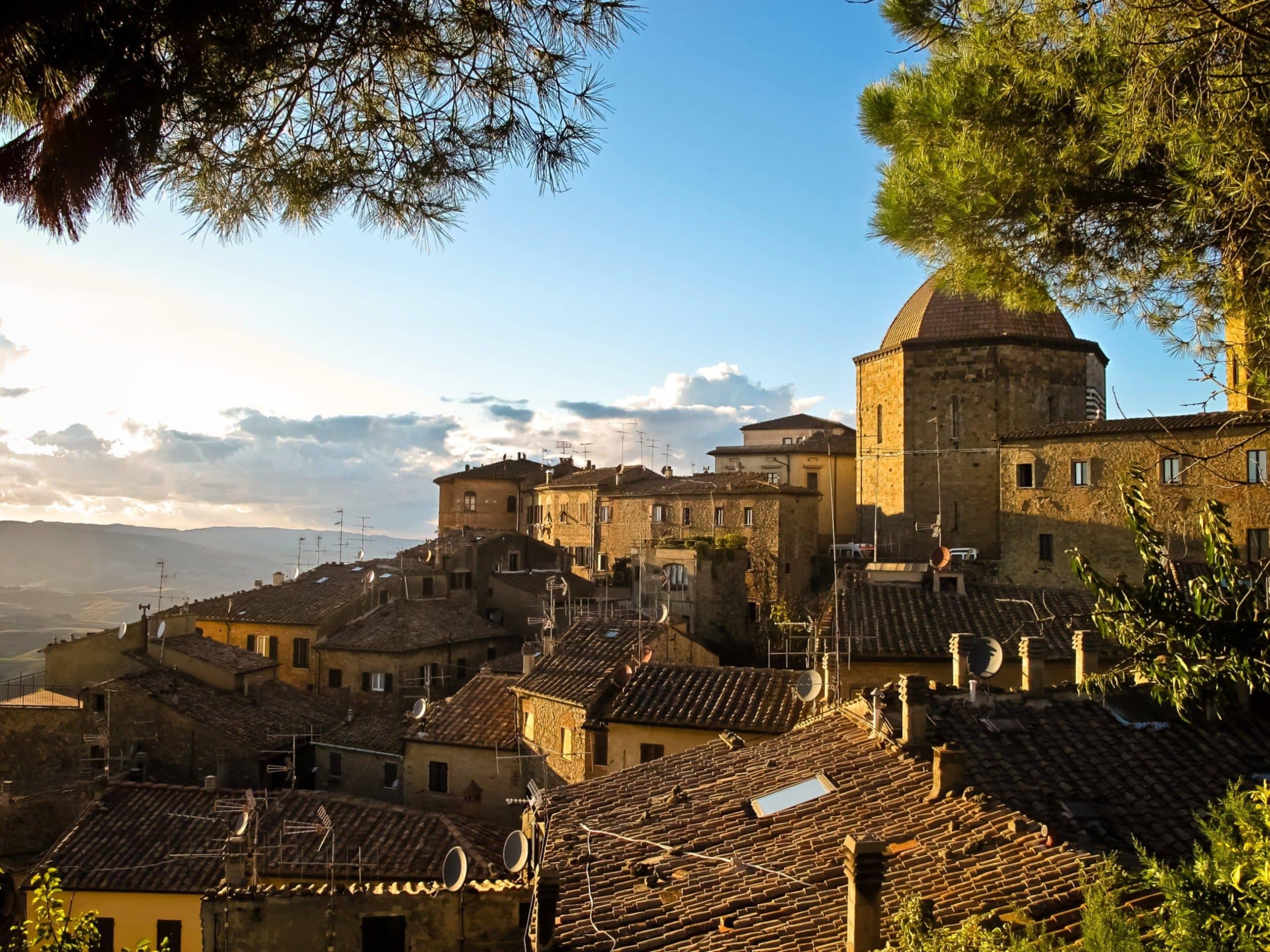Volterra and the Salt Road
The ancient salt route between Florence and Volterra
Along with the Francigena, the Via Volterrana is one of the oldest roads in Tuscany.
It stretches from Florence to Volterra for more than 60 kilometres, rising and falling over hills through the Val di Pesa, Val d’Elsa and Val d’Era. It owes its second name of the Salt Road, or the Via Salaiola, to the precious white gold that once followed this route to reach the markets of the capital of the grand duchy.
From Saline di Volterra, it climbed up to Volterra, then to Gambassi, where it crossed the Via Francigena, and then went on to Castelfiorentino and Montespertoli to reach Florence eventually. Kilometres of cobblestone trodden by thousands of merchants and animals loaded with salt.
The 21 kilometres between Gambassi and Volterra, which have been reopened to excursionists, cross a landscape that will leave you speechless, This path takes the name “Dalla Via Francigena alla Costa degli Etruschi”. with hills and crags where permanent installations by the artist Mauro Staccioli have recently been placed.
Beyond the Castagno – a breathtaking crossroad between San Gimigano, Gambassi and Volterra – it’s worth stopping at Mommialla and Sant’Ottaviano, where two small Romanesque churches have recently been restored.
The historical village of Mommialla, located near some thermal water sources, has been known since the beginning of the year 1000, when it was mentioned with the name Mumianula in a deed for farming concession by the bishop of Volterra. Traces of it are found in the geographic maps drawn by Leonardo da Vinci. It lived by means of the traffic from the Salt Road and its thermal waters, but during the 1900s it was abandoned, a victim of looters and plunderers. Most of its buildings have recently been restored, including the small Church of San Frediano, which was first named in 1258.
The Church of Sant’Ottaviano in the hills is another recently restored treasure. It rises up from the first burial place of Ottaviano, who reached Italy in the 6th Century along with Saints Giusto and Clement. The story tells that he lived in the hollow of an elm tree where the oratory named after him now stands. Today, his remains rest in the cathedral of Volterra. On its façade, to the right of the entrance, you may find an epigraph written in an ancient language. It appears to be a text in uncial, an ancient script in capital letters mostly used in manuscripts.
One possible interpretation of the text is: ANNI DOMINI MCCCCII PAVOLO DI GUCCIO E ANDREOCCIO DI BARTOLOMEO ERESSERO – in the year 1402, Paolo di Guccio and Andreoccio di Bartolomeo built it.
If its Romanesque system contradicts this building date, it’s more plausible that the two were responsible for some modifications. The name Andreoccio di Bartolomeo corresponds to that of a decorator who was active during that period in Volterra. Might he have carved the inscription himself?
Tourist information:


